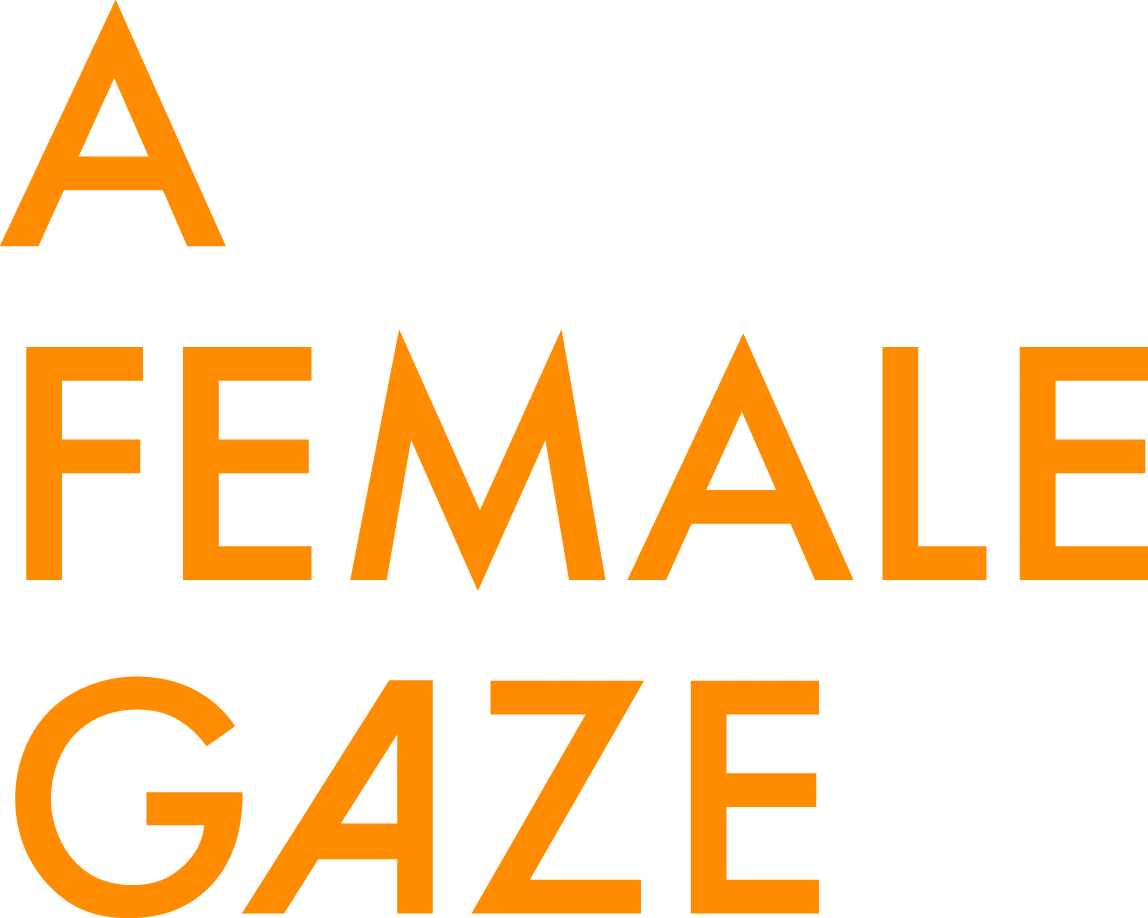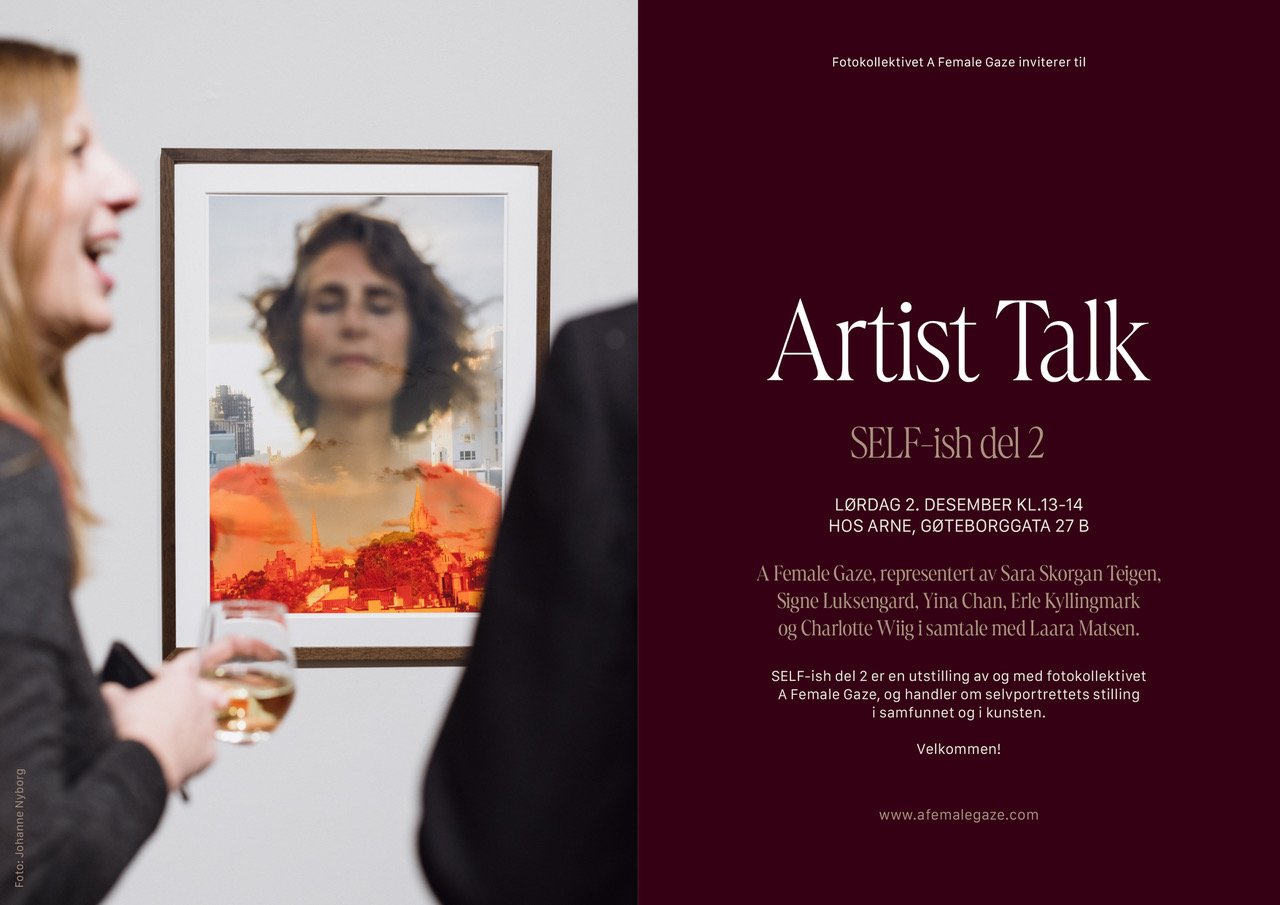In the group exhibition SELF-ish part 2, the artist collective directs its gaze towards self-portraiture as a form of expression. A self-portrait allows one to simultaneously be the observer and the observed, granting the artist control over one’s own definition of self.
Historically, the first self-portraits were documented in the Renaissance. Self-portraits were meant to convey social status and artistic skill. The intention was more often to convey how the artist wanted to be seen, rather than how he saw himself. (Artistic practice was dominated by men at that time)
Today, ninety-two million selfies are taken daily, mostly by women and girls. These deceptively flattering forms of self-representation can also be seen as a perpetuation of the standards that have been dictated throughout the history of Western art, in which the female form has rarely been presented as anything less than idealized.
Given the frequency with which selfies are produced today, it is easy to reduce them to a symptom of modern pathological narcissism rather than viewing them as an extension of the art-historical context of which they are a part.
Being the object of “the gaze” has informed our identities as women. What happens when we become the object of our own gaze? Can we separate the notions of an idealized from a "real" self? What does it mean to expose oneself to society's perception of women, and how does one create original self-portraits in the wake of social media? For whom do we make self-portraits? For ourselves or for others?
Creating original self-portraits in the age of social media requires a thoughtful balance between personal expression and the external gaze, challenging the norms of image cultivation prevalent in these spaces. In this exhibition, the artists showcase their own photographic self-portraits as both participants in and consumers of modern selfie culture.

